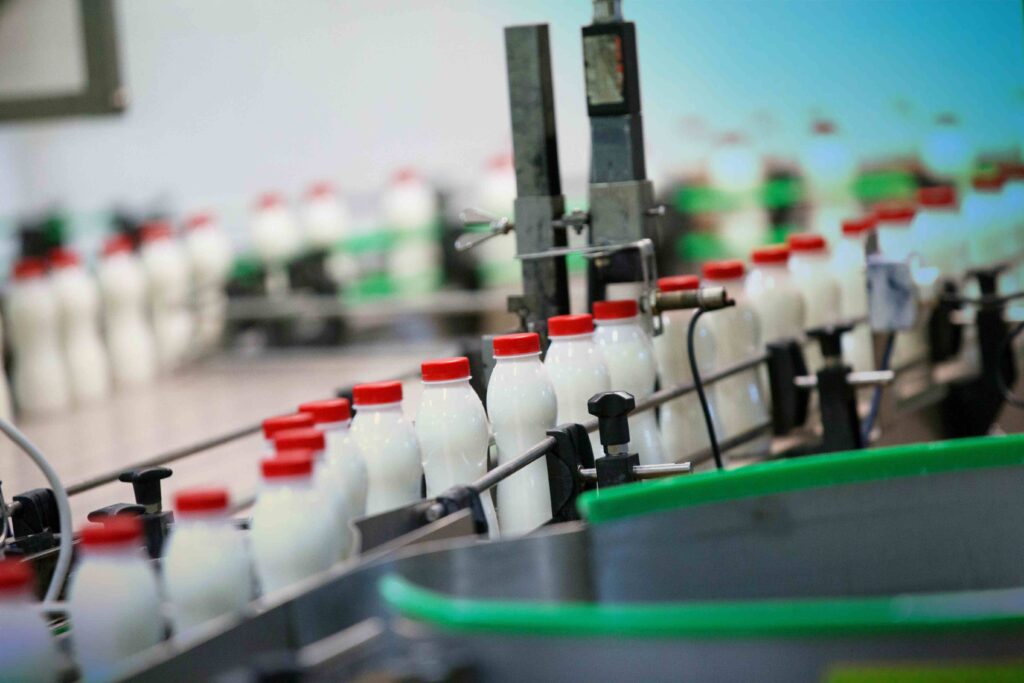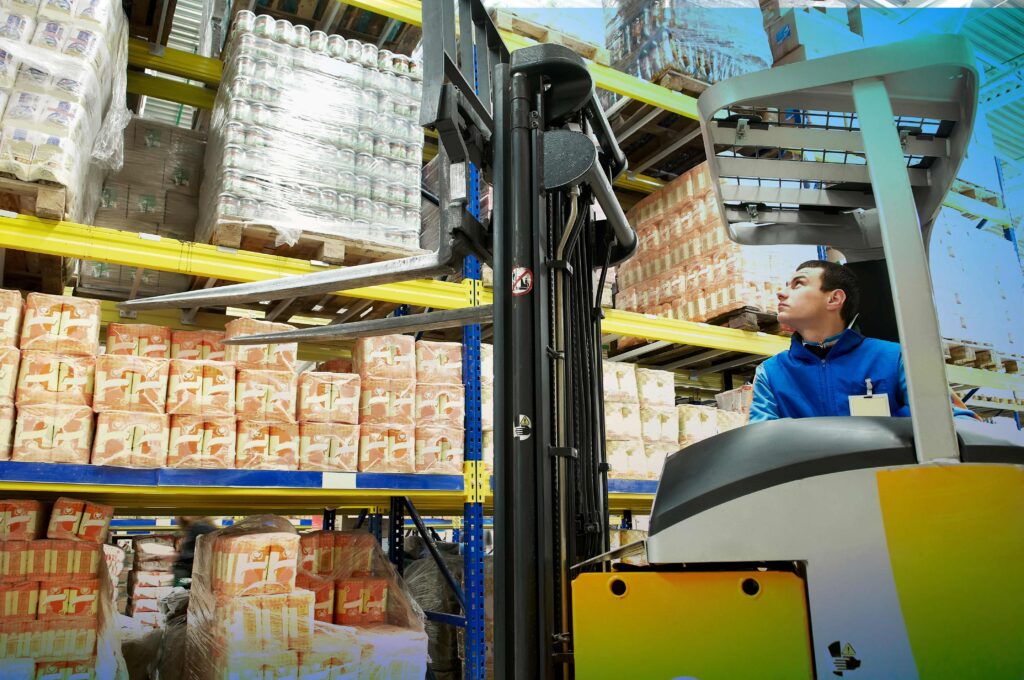When it comes to food packaging, there’s a lot more to it than what meets the eye. Recognizable labels are a significant aspect, but more important still are the materials used to store and transport our favorite items. From the scientists creating formulas for foods we love to eat to manufacturers procuring food-grade plastic, so much goes into creating the boxes and bags that fill our pantries.
How can companies design perfect food packaging?
Perfecting the formula of a food item is only one step of the process. Taking that item and creating a packaging solution that fits a variety of criteria is next.
Whether it’s a bag, pouch, bottle, box or can, a food’s packaging is arguably just as important as the ingredients in its formula. Food-grade packaging has incredibly particular specifications. It needs to be easily transportable so that it survives the journey from the manufacturing plant to the truck bed to the grocery store shelf to your kitchen. It needs to be insulated enough but not too much so that it maintains an item’s shelf life and doesn’t adversely affect the contents. It can’t weigh so much that shoppers have a tough time picking it up, and it should be structured in a way that’s easy for the target audience to hold. That means the shape and circumference need to be taken into account, as well as the ability to grip a particular type of package.

Creating the ideal food package is understandably difficult. Technology makes the task easier: leveraging virtual twins enables companies to accurately and efficiently carry out every step of the design, testing, manufacturing and production processes. Perfect Package, available on the 3DEXPERIENCE platform, serves as a unified ecosystem for easy collaboration between relevant stakeholders. From internal designers working on decorative labels to manufacturing managers outlining specifications from external suppliers, the platform enables cooperation that can reduce costs, waste and time to market.
Achieving sustainability through eco-friendly food packaging
As consumers increasingly demand sustainability, food packages also need to be made from materials that are environmentally friendly and recyclable. Considering which materials should be used needs to happen right from the start, since every material has its own unique properties which can affect a food’s formula.
Johnnie Walker, the famed Scottish whisky, gave its bottles a makeover a few years back in the name of sustainability. The aim had been to reduce the weight of the glass used for the whisky’s bottles, but doing so runs the risk of compromising the integrity of the vessels, rendering them more fragile. By using virtual twins to digitally test the durability of their intended materials, Johnnie Walker’s parent company Diageo discovered the right specifications needed to preserve the beverage inside the packaging while simultaneously reducing the amount of material needed to contain it, thereby reaching their sustainability goals.
Several years ago, Sprite’s parent company Coca-Cola decided to make the lemon-lime soda bottles more eco-friendly by changing their packaging. They found that shifting from the classic green to clear plastic meant the bottles would be more easily recyclable and reusable. Making that change was significant; Sprite has been bottled in green glass and plastic since it hit the scene in the 1960s. The company has benefitted from brand loyalty not only due to its taste, but thanks to its recognizability. But being so well known, it wasn’t too much of an issue. So in early 2024, Coca-Cola took things a step further toward greenifying the popular drink in removing its labels to ensure it’s even easier to reuse.
The role of branding in food packaging
While Sprite’s rebranded clear bottle was a relatively simple success, there’s another soda on the market that went under an even more significant transformation. A now-iconic beverage company once sold what they labeled an “apple cider vinegar beverage” in glass bottles with a muted color palette under the brand name Mother. In 2020, they flipped that idea on its head: they rebranded and called themselves Poppi, selling probiotic sodas in brightly-colored aluminum cans. Their transition has been wildly successful.
Poppi took into account the various aspects of food packaging when it came time to rethink its strategy. Noting consumer demands for sustainability, they shifted away from glass bottles to aluminum cans, which are more compactable, recyclable and easily transportable. Their brand name, which originally suggested it was targeting a more mature audience, was updated to a youthful one, matched by the eye-catching designs on the cans now stocked on shelves across the United States, Canada and Mexico. They also conceptualized the term “prebiotic soda,” introducing a beverage that adds a touch of health and wellness to the traditionally sugary bubbly drink.
Poppi and Sprite are just two of a number of companies adopting sustainable packaging as more and more shoppers expect their favorite products to come boxed and bottled in an eco-friendly manner. One start-up in the 3DEXPERIENCE Lab accelerator program, Atacama Biomaterials, has even created a new, biodegradable material that’s vying to be an alternative to plastic in the future.

Looking toward perfect packaging
While packaging has always been an important element in the food industry, in recent years it’s become more important than ever before. Think of eggs: once boxed in white or brown cardboard, their cartons are now more colorful than ever before, and sometimes adorned with protective plastic to shield its fragile contents. Drinks, which once arrived on shelves in bottles or cartons only, are now readily available in soft plastic tubes, easy for kids or those with disabilities to grip and drink from. Even fresh produce is ripe for makeovers in the way it’s presented to consumers.
Designing food packaging that meets the needs of producers and buyers alike is tricky. Though the boxes and pouches of your favorite foods on the shelf might appear to be created rather mundanely, it’s entirely possible their design was powered by technology. Meeting the expectations of shoppers while optimizing packaging to be attractive, sustainable, easy to transport and within budget presents a significant challenge. By leveraging virtual twin technologies, like those offered on the 3DEXPERIENCE platform, it’s possible to streamline back-end testing and production processes to ensure all standards are met. Including technology as an ingredient will likely be the key to the recipe for success as the industry continues to innovate.

